As a quick note prior to diving in, this article applies to the unincorporated areas of Teton County. The City limits of Driggs, Victor and Tetonia have their own Land Use/Development Code. Much of this was covered in Part III of my review of Teton County’s newest (2022) Land Development Code article, but I wanted to take some time to quickly highlight some of the things to watch out for when looking at undeveloped land as an investment and for future development – keeping in mind that these code requirements are obviously subject to change. We seem to be through a good portion of code revisions, and there also seems to be some more solid direction from Teton County with respect to these processes.
Zoning
There are several zoning types in Teton County, Idaho, and it is important to understand that each have their own special requirements for development or splitting property, and each have specific uses. While residential use (building a home) is generally permitted on all parcels and zoning types, it is also important to know that properties that were split illegally such as deed splits without a subdivision process after June 14th, 1999 may not have building rights. Similarly, properties that were split by way of an agricultural split may not have property rights. Much of this information can be verified with Teton County via a “Zoning Verification Request” which does come with a cost (currently $150) but this would generally be less of a concern with any property that is in a platted development. You can read my article on the different zoning types, here.
Flood Hazard
This one is still a bit tricky as FEMA has not completed the draft floodplain Maps. In either case, if a property, be it under the existing floodplain map or the future implemented map, Falls within these areas, the county will require elevation certificates before, during and after the build to make sure that the floor system of the home is above the base flood elevation requirements. Additionally, it should be considered whether flood insurance will be required, regardless of the project elevation upon completion even if the county is satisfied.
Wetland
I just wrote an article on wetland, it can be found, here. For parcels that require a wetland delineation (despite my disagreement with this) the county would prefer that the entire parcel be delineated to provide a holistic overview of the parcel, and to better tie in with Wildlife Analyses, if required.
Natural Resource Overlay (NRO)
Teton County is working on a new draft overlay of Teton County’s natural resources which expands most of the historic wildlife overlays. This one was enough for me to wrap my head around, but basically, if a parcel has an overlay where the site is intended to be improved, a shorthand wildlife analysis is required. This includes maps that show the existing boundaries of the applicable overlay, and some reasonable expertise for a development plan. At the time of this writing, I was told by Teton County that no specific qualifications were needed for this shorthand version of a wildlife analysis, otherwise known as an Abbreviated Wildlife Habitat Analysis (A-WHA). For more in-depth projects such as Land Development, subdividing and so forth, far more extensive analyses may be required which would constitute a full Wildlife Habitat Analysis (WHA). I am linking the policy here, but keep in mind that this is subject to change. Properties that have designated building in the lowest may not require Wildlife Habitat Analyses, even if the NRO layer encompasses all or a portion of the predetermined building envelope.
Hillside Overlay
Certain areas of the Teton Valley are encompassed by a “Hillside Overlay”. Obviously, most of these areas are going to be in areas with steeper terrain, and may have special requirements. In extreme cases, development may not be possible under the current code. This should be considered for accessing parcels in these areas as well as site planning for construction.
Scenic Corridor Overlay
The scenic Corridor overlay encompasses approximately 500 ft from State Highway 31, 32 and 33 as well as Ski Hill Road. Areas that fall within this overlay may have specific height limitations. However, the county code has an amendment in the works to allow variances without a public hearing (which is currently required) if a visual site analysis (what the project may look like from the road) is provided and it is concluded that it is not obtrusive. They are also some additional requirements with respect to design, which could include architectural styles, colors, and so forth. Special landscaping requirements may be implemented as well, which could include berms, trees, screening, etc.
There are several other overlays that, while they may not have any specific impact on one’s ability to improve a parcel, may be considered. Examples include the bear conflict Zone which requires bear proof trash cans, wildlife hazards, and even an understanding of roads that may not be maintained in the winter months, or maintained by the county at all. Other layers and restrictions still exist which obviously include subdivision restrictions, County setbacks and other code requirements including driveway lengths and a variety of other Land Development Code policies.
